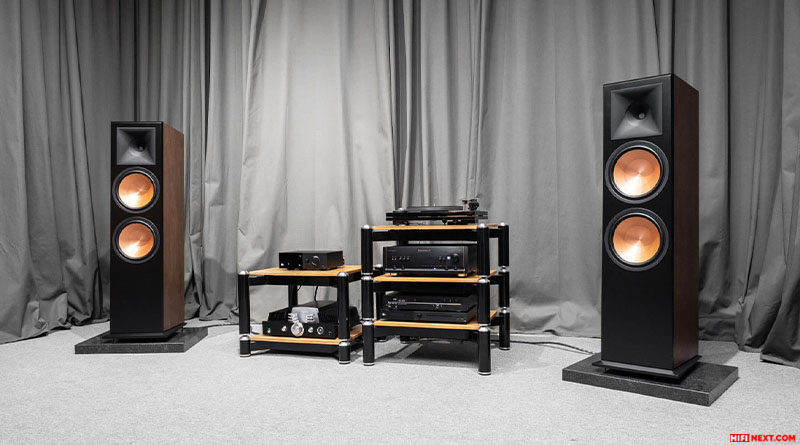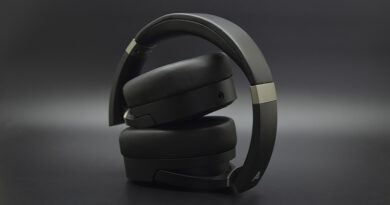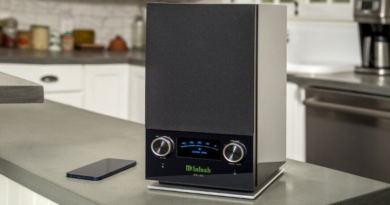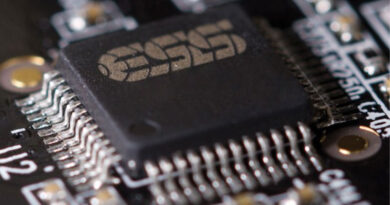Klipsch RF-7III Review
The Klipsch company does not waste time on trifles and even positions the younger models as reference (of course, in its price category). At the same time, within the model range of any company, there is its own absolute reference, which determines the corporate character of the sound and sets the direction of development for all other series. Monsters like Klipschorn or La Scala are not suitable for this role, because these are modern incarnations of legendary models — a completely different genre. The actual flagship of the line is the Klipsch RF-7III. This is the reference you are looking for for Reference.
Number three
The Roman numerals III in the model designation clearly hint that this is not the first version of the flagship. At the same time, it is equally obvious that the key technological solutions of this model at least outwardly look the same as those of speakers with a much more modest price tag.
We combine these two facts and come to the conclusion that the modern junior Klipsch models are close relatives of the RF II acoustics. However, the price gap between the younger Reference and the older RF is quite significant, and this is an occasion to understand in more detail what exactly the Klipsch RF-7III is superior to all other models.
Hear, but not see
To distinguish Klipsch speakers from each other by eye without consulting the nameplates is a special art that I personally have not yet mastered. Whether this is a Reference series, or a Reference Premier, or a flagship pair of RF-I will not immediately understand. At first glance, they differ only in size and finish, which can only be seen up close.
For this reason, it is not possible to determine from the photo what is new and progressive applied in RF-7III. But I will immediately give a fat spoiler: it will not be difficult to distinguish the speakers from each other by ear. This provokes a natural question: “what was done if everything is the same outside, and the sound quality is completely different?!”.
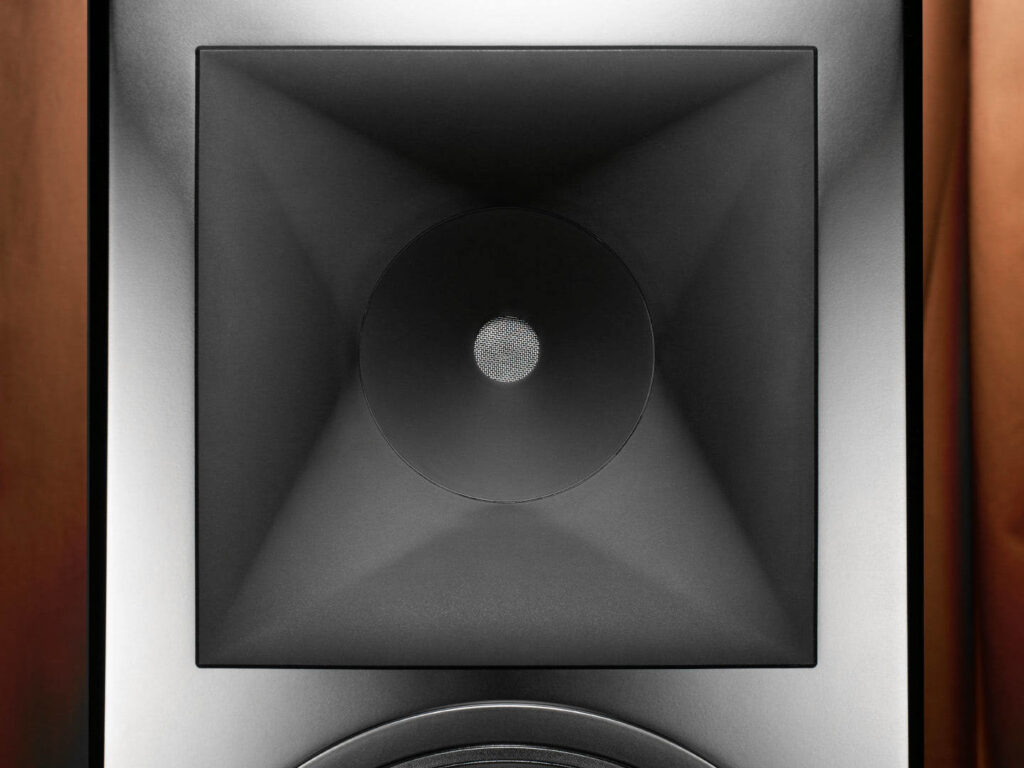
The mouthpiece looks really very familiar and in fact it has not changed. It is a square Tractrix with a 90° vertical and horizontal opening. Its invisible part-the driver-has been significantly improved and has little in common with the drivers that are installed in the lower versions of the speakers.
The RF series has a much larger magnet, and during the last revision, special attention was paid to the phase-equalizing element responsible for matching the emitter with the horn. As a result of the modification, the frequency response at the listening point became smoother than it was with the previous version of the driver.
The mid-to-low – frequency speakers also look absolutely familiar. And in the same way, they have nothing in common with the speakers of the younger series except for the branded copper colors. In the lower columns, the polymer material is covered with copper, while cermet is also used here. As a result, the mass of the moving system is less, the rigidity is higher, the cone deformations are less, and the sound is more accurate and cleaner.
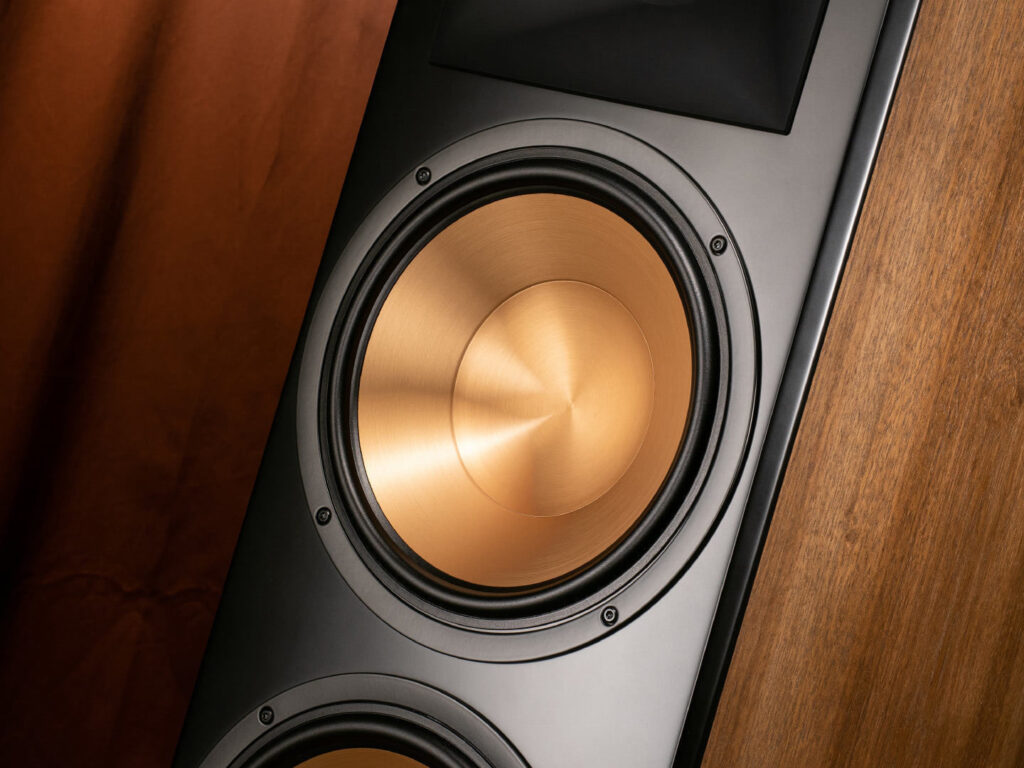
The switching scheme of the low-frequency emitters is not advertised by the manufacturer, only one frequency of the section 1 300 Hz is indicated, which indirectly indicates a two-band design. And judging by the radiation spectrum of the middle and lower speakers, we have quite traditional 2.5 bands in front of us. One way or another — the three-stripe here does not even smell, and this is quite in the spirit of Klipsch.
No dogmas and prejudices — only practicality, rationality and work for results. For the company’s engineers, sound is clearly primary, and common ideas about what design the flagship acoustics should have are sent on a long walking journey with a well-known destination. Grandpa Paul would have approved of this approach.
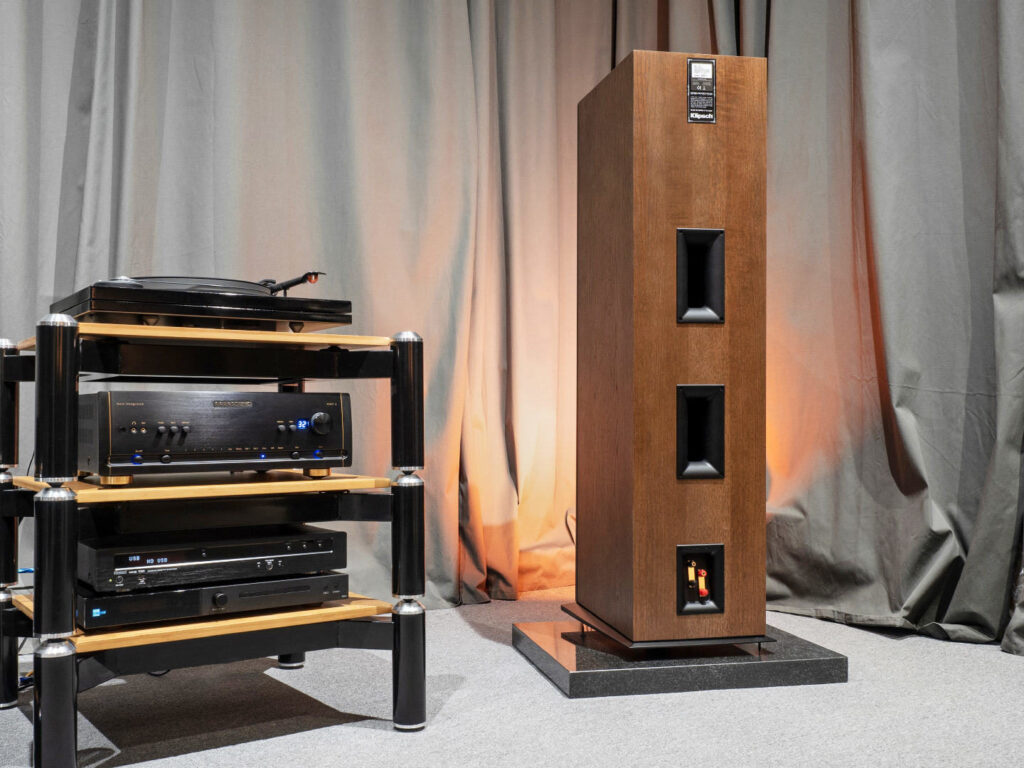
It is curious that the case is divided into two independent compartments, each of which has its own slot phase inverter, designed again in the Tractrix horn. The separation of the case solved the problem of standing waves and got rid of the resonances that occur when the radiation of the two speakers is superimposed on each other.
The horn exhaust eliminates turbulence and other transients that inevitably occur at the output of the phase inverter. In fairness, we note that exactly the same ports are available in the younger models, there are no differences, just state the fact of their presence in the older one.
This is very familiar
As for the design, here the Clips remained true to themselves. There are no intricate shapes or incredible delights even close. A severe black rectangle with floor-length grills or copper “pancakes” topped with an aggressive large mouthpiece-here are two general-appearance options to choose from. However, an exceptional addition was made for the flagship.
The finishing material is furniture veneer, and there is even a choice of colors: traditional black oak, cherry and walnut. Unprecedented generosity and luxury by the standards of Klipsch! Admittedly, the veneer is very high-quality, pleasant to the touch, giving the feeling of living wood and without 10 layers of scratching varnish-again, very practical.
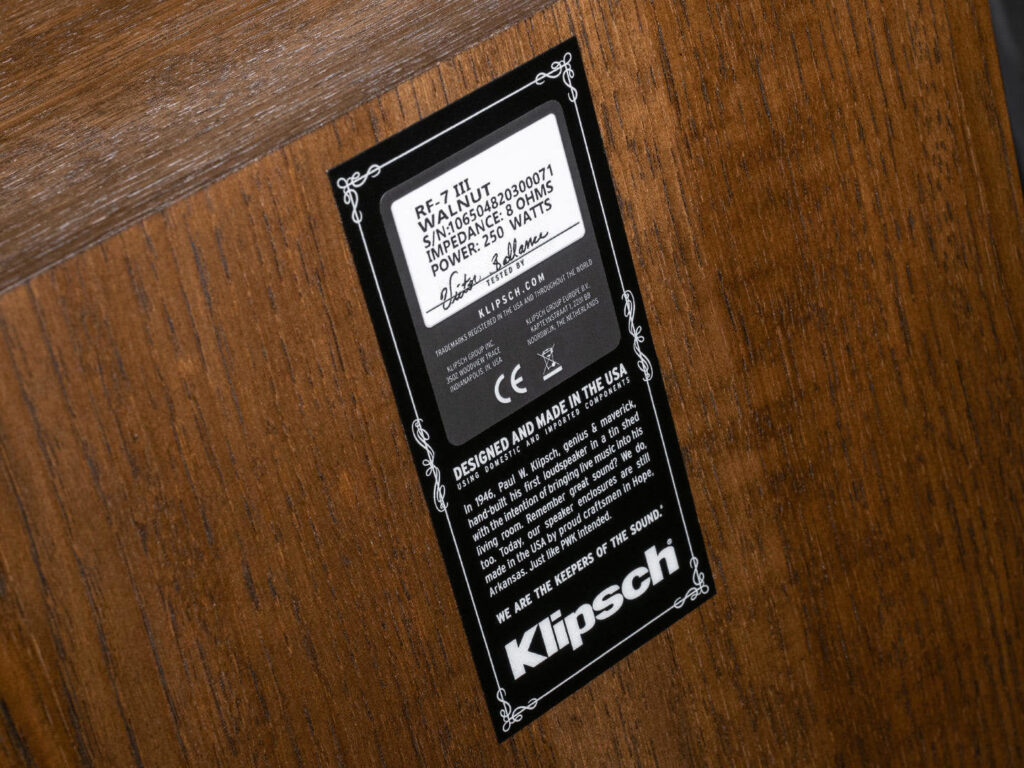
As a bonus for those who still hope to see in the Klipsch RF-7III model the signs of exclusivity and elitism inherent in acoustics in this price category, there is another small touch. The production of this model is located in Hope, Arkansas. So if “made in U. S. A” is not an empty sound for you – enjoy it!
Scene
If you stand very close to the Klipsch RF-7III-from a meter or less-you will not understand anything in the sound. The scene breaks down into components: the tweeter and the midrange/bass section are separated, but from a distance of 1.5-2 meters and then the picture suddenly adds up, and the joining of the bands becomes seamless.
The most difficult thing was to accept the fact that the system sounds so smooth, balanced and detailed without any room correction and other tricks that equalize the phase and frequency characteristics. However, we analyzed this story even when we got acquainted with the Reference models.
The physics of the process is clear — directional radiation minimizes spurious reflections from the walls, floor and ceiling, focusing all the sound at the listening point, and the rest is a matter of technique. More precisely, it is a question of talent and meticulousness of developers. However, I haven’t gotten used to it yet, so I’m still surprised.
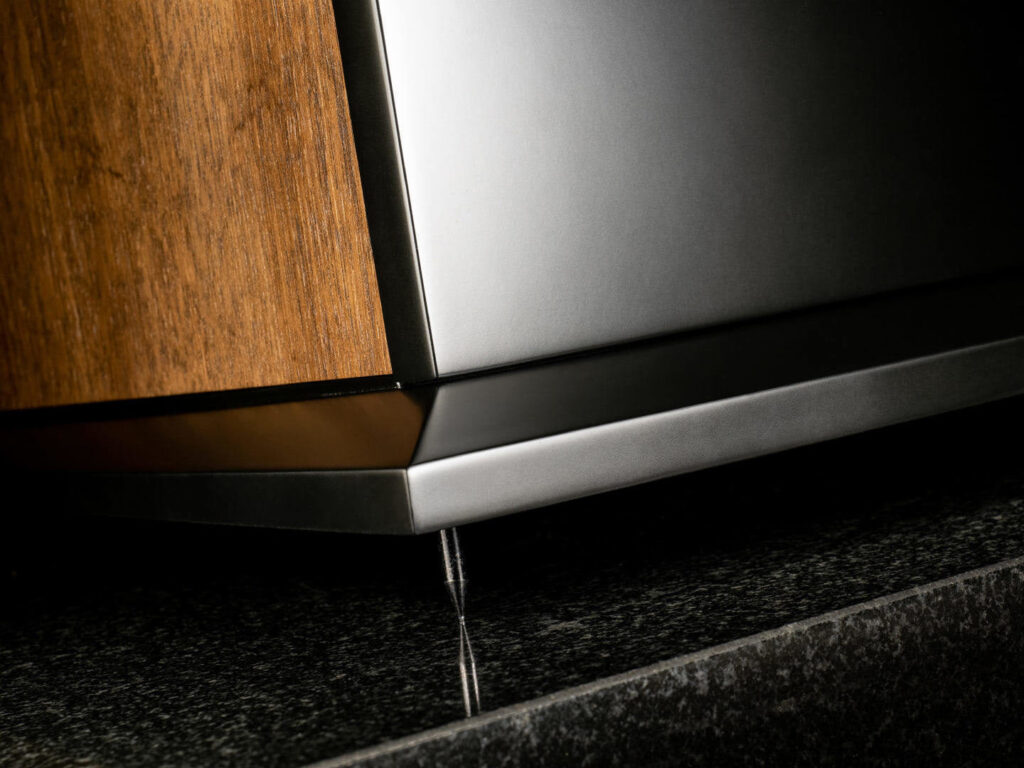
When listening to the Klipsch RF-7III, a pair of amplifiers were used: a hybrid Magnat RV4 with a tube pre-stage and a pure transistor Parasound HINT 6.
In both cases, the acoustics made it clear what kind of device we were dealing with, but did not particularly emphasize it or highlight its character. With the hybrid, you could see the lamp warmth and richness of the timbres, but the attention was still focused on the musical image, and not on the characteristic color of the sound.
With a purely transistor amplifier, the sound was slightly drier, noticeably more rhythmic and sharper at the tops, but again-musicality remained the main priority. As a result, I liked to listen to rhythmic and fast music more on a pure transistor, and on relaxing melodic tracks, a hybrid amplifier added beauty and fullness to the sound picture.
However, we are not here to discuss the merits of the amplifiers. In principle, both amplifiers can not be called weak-at 8 Ohms they give out 110 and 160 Watts. But the Klipsch RF-7III, even against their background, are not kids at all — in working mode, they calmly consume up to 250 Watts, and are able to digest 1 kW as much as possible! In this scenario, the risk of losing control of low frequencies and an audible power shortage are very real threats.
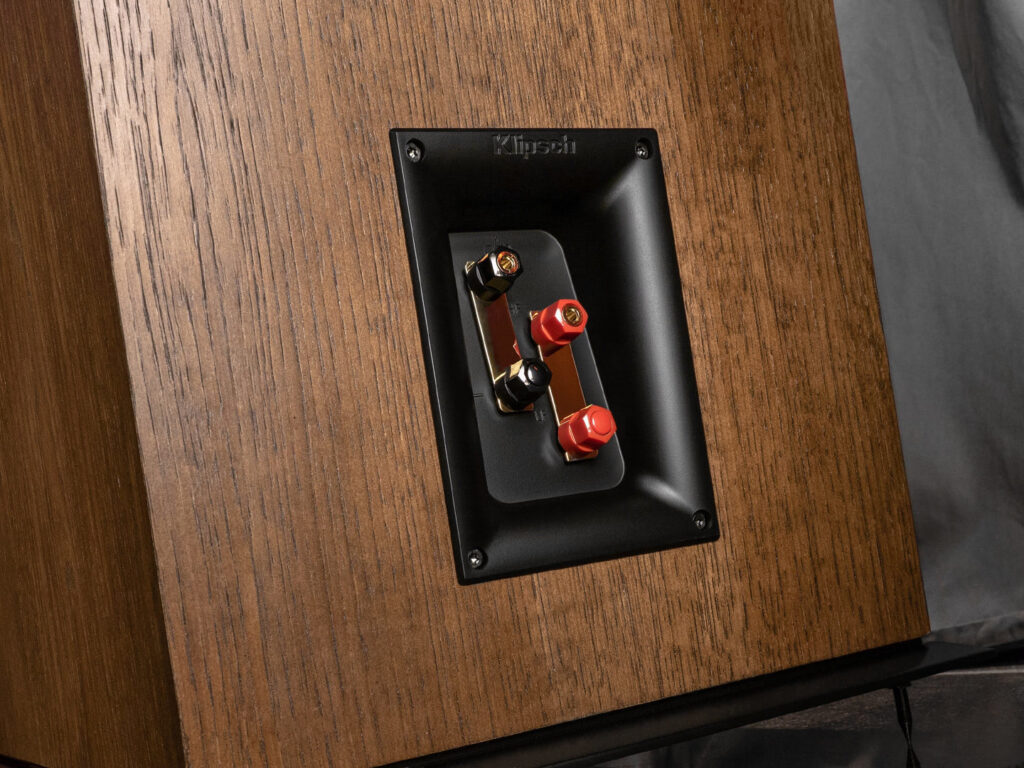
In fact, although the volume control had to be moved far to the right, there were no problems with the control or volume margin. It was quite problematic to turn the knob to the limit, because the sound pressure became exorbitant, but even in this situation, neither the speakers nor the amplifiers gave up — I did not hear any distortion or other signs of overload. There was a feeling that we have a reliable professional acoustics, ready to sound stadiums, but meeting the highest requirements of Hi-Fi.
Klipsch at maximum
In the sound of the Klipsch RF-7III, the company’s openness and detail were clearly guessed, all the nuances of the recordings are honestly laid out to the listener, but I repeat once again-not to the detriment of musicality. I really liked how the acoustics work with the low-frequency range. No booming, no attempt to imitate the work of hundreds of subwoofers, and no hypertrophy of the bass, which is so often given to floor players.
The phase inverters pump the air with a low intensity and do not show themselves in any particular way, the acoustics sound clear and precise, as if they have a closed design. There are no complaints about the depth of the bass, the lower notes do not sound like hints,but very confident. Listening to Miller’s bass guitar or Bromberg’s double bass is a solid concentrated pleasure and nothing more.
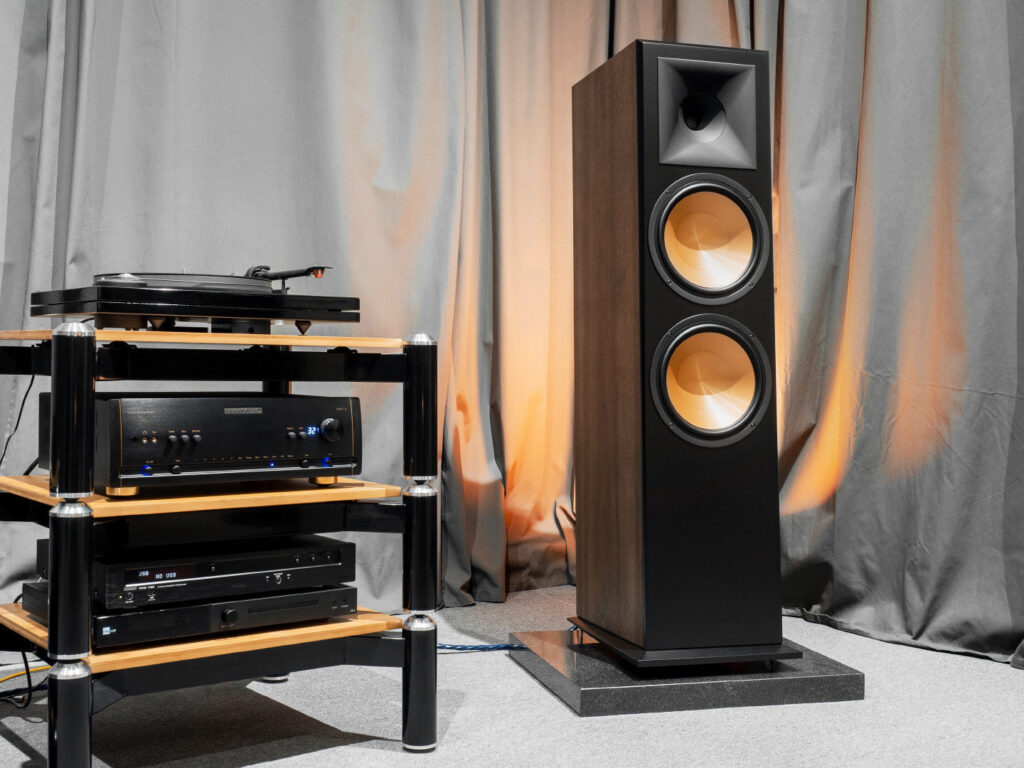
This model fully demonstrates the ability of branded horns to form a chic and clean sound stage in any, even acoustically unprepared spaces. While listening to the new live album by Jean Michel Jarre, recorded in the Cathedral of Notre-Dame de Paris, I noticed that I can fully feel even the height of the ceilings, not to mention the fact that when listening to the stereo recording, the sound literally surrounded me from all sides.
High resolution, articulation and excellent tonal balance literally provoke an appeal to complex musical genres. Someone wants to dust off the collection of avant-garde jazz or experimental electronics, and I would first listen to the discography of Blue Öyster Cult on Klipsch RF-7III, then switch to King Crimson (in chronological order of releases).
It is very interesting to observe the musical intricacies in the current moment and at the same time feel how the quality of the recording and the professionalism of the musicians are growing from album to album. It is a pity that the test had to be limited to only a few tracks.
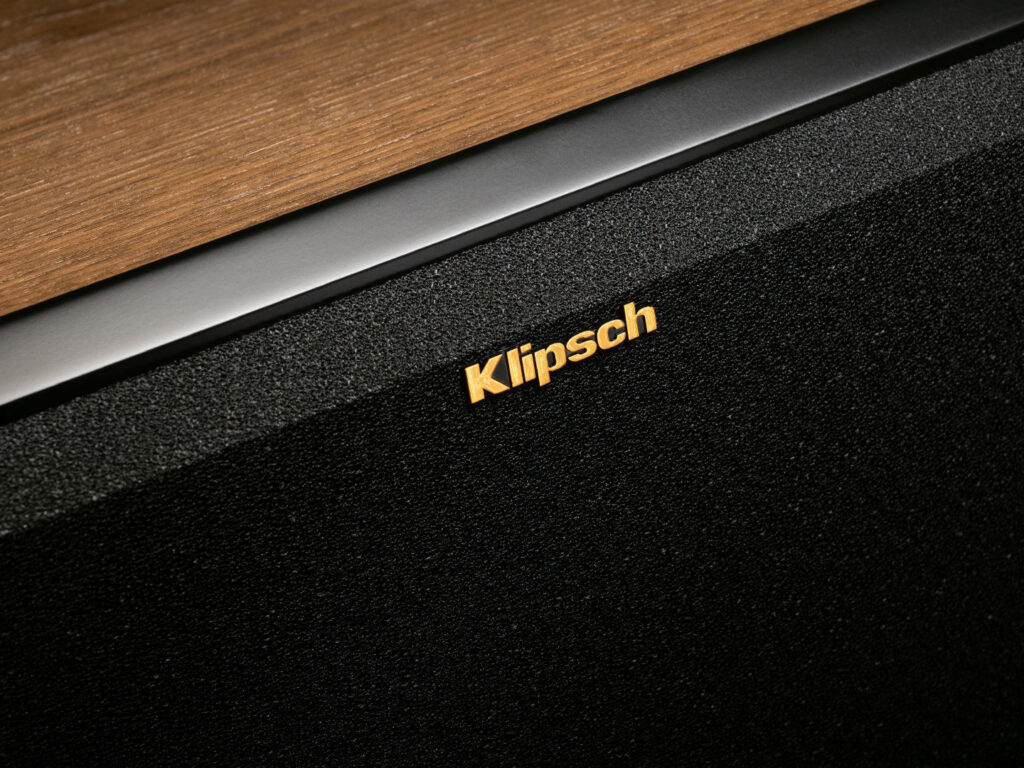
With rougher and more straightforward music — whether it’s dance electronics or power metal-the acoustics work no less confidently and produce no less impressive results. It all depends on the preferences of the listener, and not on the potential of the acoustics.
Classic and modern
In fact, it is easy to praise the Klipsch RF-7III and you can do it for as long as you want, especially if you like a collected and clear sound that combines monitor accuracy with expressiveness and musicality. However, every test involves searching for the weaknesses of the model. And then it gets more complicated.
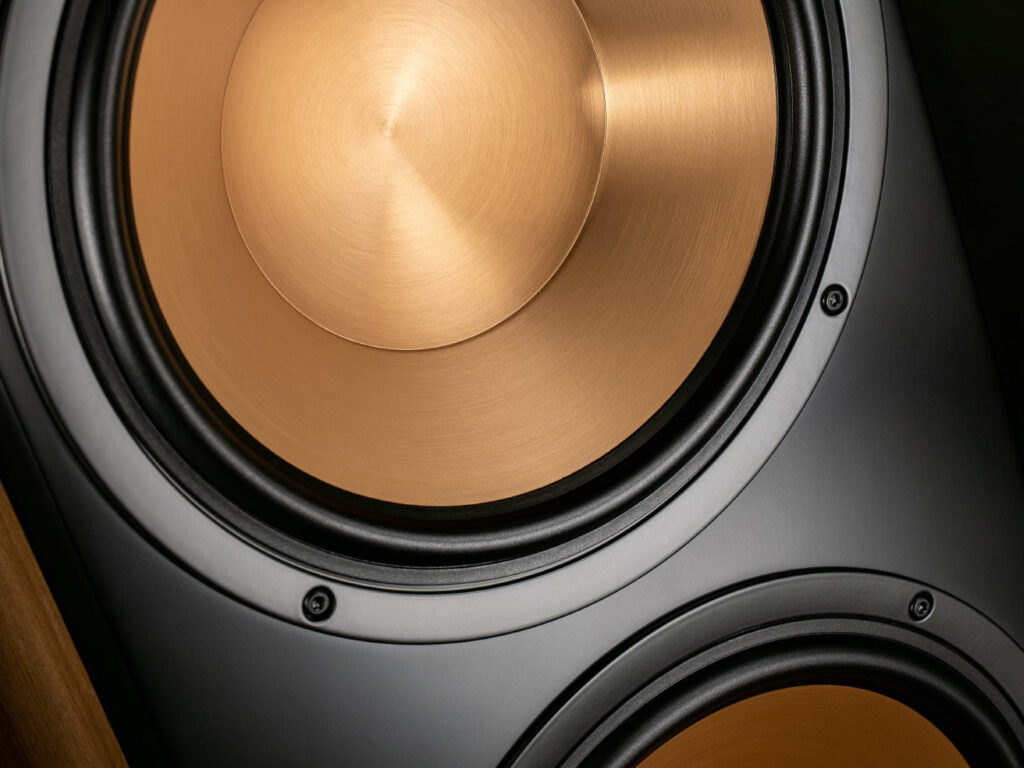
Musical material that the acoustics would not cope with or make the sound frankly boring, pale, dry or uninteresting, can not be found. Some addictions can be identified by the fact that Billie Eilish sounds a little more exciting than Billie Holiday, and AC/DC from the album “PowerUp” seem more perky than they did 30 years ago.
But, in our opinion, the result in this case determines the original quality of the records. The new releases are technically more sound information-hence the difference in perception. Anyway, the elementary replacement of the content or the amplifier closes all questions and allows you to achieve the desired sound character.
Conclusion
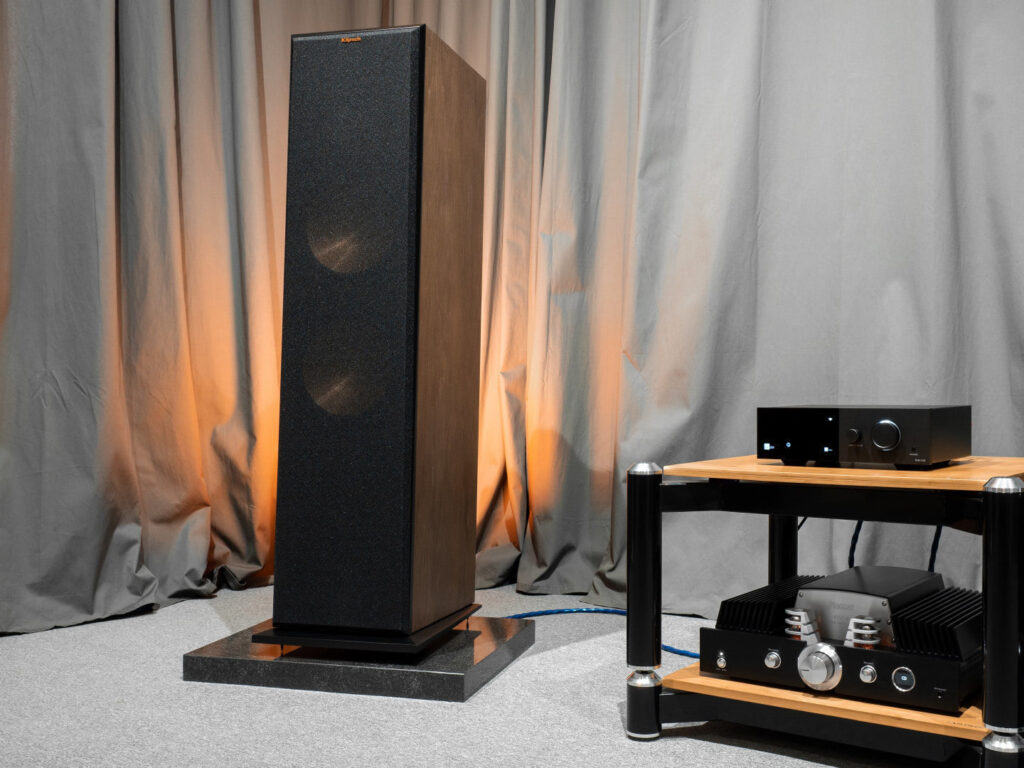
The Klipsch RF-7III acoustics, with their American straightforwardness and spontaneity, teetering on the edge of outright rudeness, breaks the established stereotypes about what reference speakers should be.
There is no pile-up of speakers and super-bandwidth-even to the clean three bands, it seems, did not reach. Fancy design, outright elitism and luxury are also not present-veneer can be found on models at times cheaper. In short, at first glance, you can not determine for sure: it is the flagship or one of the models of the base line.
At the same time, the directional horn and traditional speakers are connected seamlessly, and it is impossible to identify by ear whether it sounds like a compression horn or the initiative has already been intercepted by a metal-ceramic medium-low frequency.
Large cases with two 10-inch bass players and solid phase inverters do not hum and do not fill the room with bass to a greater extent than the phonogram implies. Everything is in its place and does not cause any complaints. A clean reference.
It turns out that in the Klipsch RF-7III, literally everything goes against the established ideas and expectations applied to acoustics of such a price. All except one: these speakers sound for all their money and even more.
Another important observation concerns the ruler as a whole. Here there is an exceptional uniformity of sound handwriting: from the youngest floor players to the flagship of the line. Of course, this is not a unique property of this manufacturer, but such uniformity of style and continuity is respected. Moving from one model to another, you can be sure of the result in advance.
Source: stereo.ru

